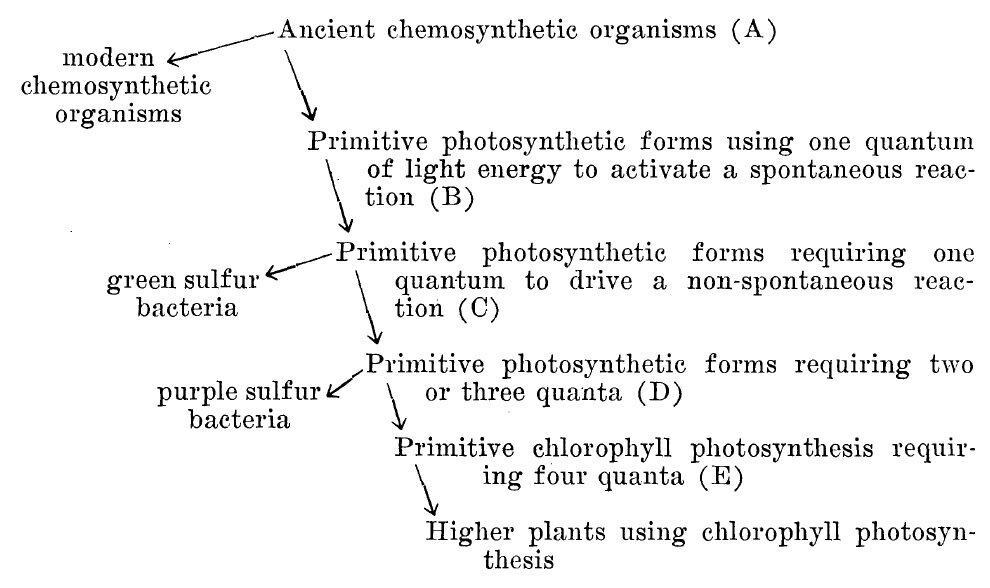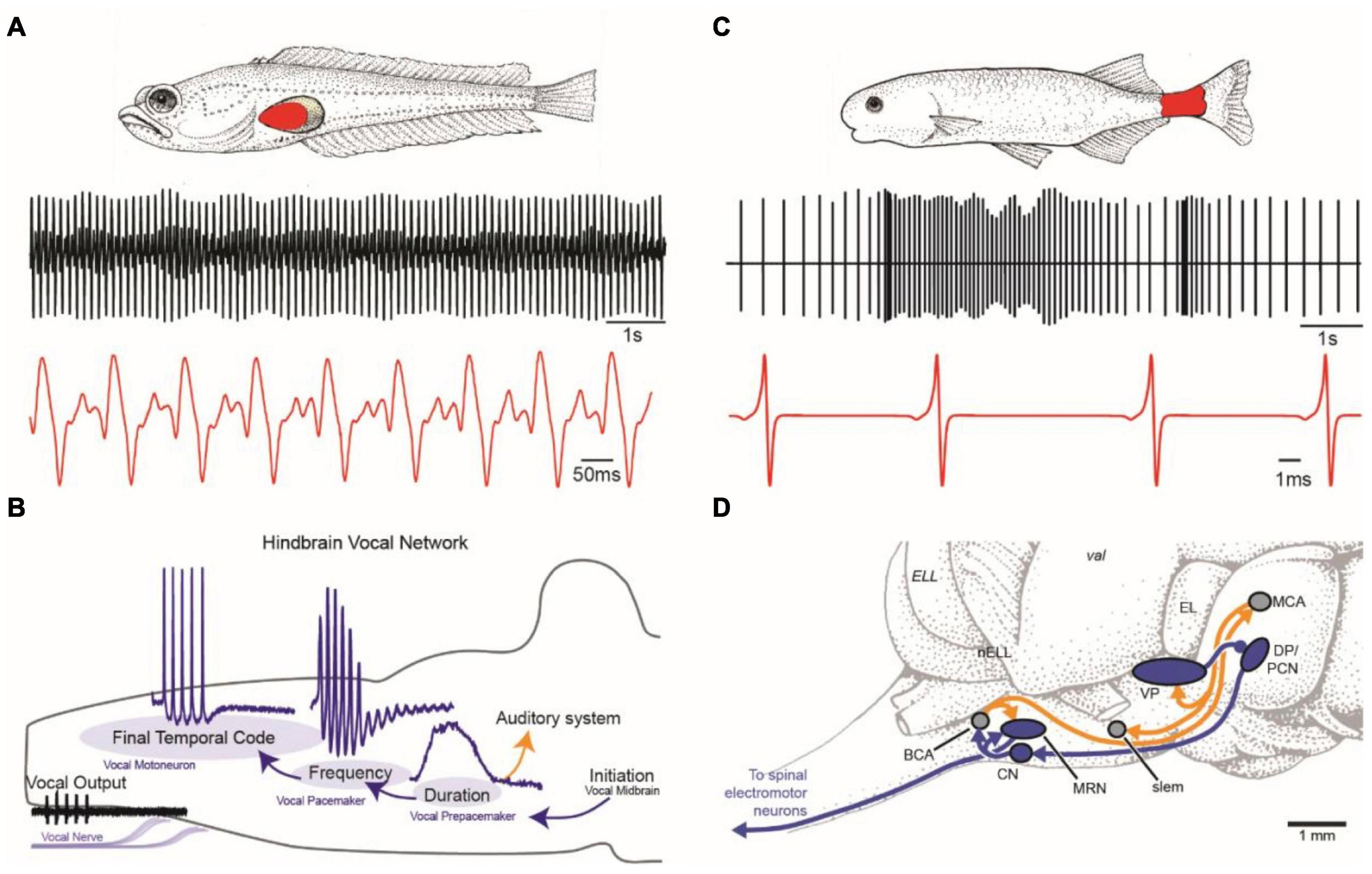The evolution of photosynthesis marks a pivotal milestone in Earth’s biological history, fundamentally transforming our planet’s atmosphere and enabling the emergence of aerobic metabolism. This remarkable process, first introduced by cyanobacteria during the Great Oxidation Event around 2.4 billion years ago, allowed sunlight to be harnessed for energy as these microorganisms began producing substantial amounts of oxygen. This oxygen production not only created a viable environment for aerobic life forms but also initiated a cascading effect on the planet’s ecosystems. Researchers have uncovered molecular evidence, such as methyl-plastoquinone, that hints at a connection between early bacterial photosynthesis and the later development of oxygen-dependent metabolism. By understanding the evolution of photosynthesis, we unlock the secrets behind the delicate balance of life and the dynamics of oxygen production that continue to shape our world today.
The historical development of photosynthetic processes represents a significant chapter in the story of life on Earth, revealing how organisms adapted to harness energy from sunlight. This adaptation led to the creation of oxygen-rich environments that enabled aerobic organisms to thrive, highlighting the interplay between photosynthetic algae and the evolution of oxygen-utilizing life forms. Additionally, the insights gained from researching key molecules associated with photosynthesis provide clues about the biochemical pathways that governed early metabolic systems. As scientists explore the intricacies of oxygen production and bacterial photosynthesis, they uncover a delicate web of life that has persisted for billions of years, offering a remarkable perspective on how the ability to breathe oxygen shaped the trajectory of life’s evolution.
Understanding the Evolution of Photosynthesis
The evolution of photosynthesis marks a significant milestone in Earth’s biological history, presenting a crucial transition from anaerobic life forms to those capable of thriving in an oxygen-rich environment. Prior to the Great Oxidation Event, approximately 2.4 billion years ago, the atmosphere was devoid of free oxygen, limiting biological complexity. The introduction of oxygen generated by cyanobacteria transformed the planet’s biogeochemical cycles, setting a foundation for aerobic metabolism and diverse life forms. This transition illustrates the intricate relationship between oxygen production and usage, highlighting the evolutionary importance of photosynthesis.
Moreover, the emergence of photosynthesis not only facilitated the creation and sustainability of aerobic ecosystems but also played a critical role in shaping the modern biosphere. Algae and plants utilize sunlight to convert carbon dioxide and water into chemical energy, releasing oxygen as a byproduct. This fundamental process allowed for the development of more complex organisms that depend on aerobic metabolism—the process through which animals convert nutrients into energy using oxygen. Understanding this evolutionary link illustrates how the evolution of photosynthesis paved the way for advanced life forms, demonstrating the interdependence of oxygen production and metabolic processes throughout biological development.
The Role of Methyl-Plastoquinone in Photosynthesis
Methyl-plastoquinone is a newly discovered compound that highlights the evolutionary relationships between photosynthesis and aerobic metabolism. Initially identified in the nitrogen-utilizing bacterium Nitrospirota, this molecule is thought to be a critical piece in understanding the transition from anaerobic to aerobic life. Unlike traditional quinones, which fall into aerobic or anaerobic categories, methyl-plastoquinone represents a remarkable example of biochemical evolution, bridging the gap between oxygen production in photosynthetic organisms and its consumption in aerobic metabolism.
This finding has profound implications for our understanding of the Great Oxidation Event and raises intriguing questions about the early biological capabilities of organisms. The presence of a photosynthetic-like compound in an oxygen-utilizing bacterium suggests that some life forms may have been utilizing oxygen before significant atmospheric changes occurred. Thus, methyl-plastoquinone can be seen as a relic of early metabolic adaptations that allowed organisms to survive in a slowly evolving oxygen-rich environment, indicating a more complex evolutionary narrative than previously understood.
Aerobic Metabolism and the Development of Life
Aerobic metabolism is the biochemical process by which organisms use oxygen to convert nutrients into energy, a process essential for the survival of complex life forms. This energy transformation is vital for cellular growth and function and represents a significant advantage of organisms that can utilize oxygen compared to their anaerobic counterparts. As life evolved to exploit the newly available oxygen produced by photosynthetic organisms during the Great Oxidation Event, the transition towards aerobic metabolism allowed for greater energy efficiency and metabolic diversity, setting the stage for the majority of current life forms.
The evolution of aerobic metabolism facilitated the development of more complex multicellular organisms, which rely heavily on oxygen to sustain their cellular functions. The interdependence of photosynthesis and aerobic metabolism creates a feedback loop vital for the planet’s ecosystems—oxygen produced from photosynthesis is consumed by aerobic organisms, which in turn plays a role in recycling carbon dioxide back into the atmosphere. Understanding this interplay not only provides insight into past biological adaptations but also elucidates the mechanisms sustaining current ecosystems.
The Great Oxidation Event: A Turning Point
The Great Oxidation Event (GOE), occurring around 2.4 billion years ago, represents a pivotal moment in Earth’s history, marking the first significant accumulation of oxygen in the atmosphere. This increase in atmospheric oxygen, largely attributed to cyanobacteria and their capacity for photosynthesis, fundamentally altered the planet’s surface chemistry and atmospheric conditions. Prior to this event, Earth hosted exclusively anaerobic life forms; the rise in oxygen levels enabled the evolution and proliferation of aerobic organisms, which could exploit the enriched environment for energy production.
The consequences of the Great Oxidation Event were far-reaching—oxygen not only allowed for new metabolic pathways but also led to the development of more diversified and complex ecosystems. It paved the way for the eventual emergence of multicellular life and contributed to the geological and climatic shifts experienced on the planet. Understanding the GOE provides crucial insights into the evolutionary process of life on Earth and showcases the interplay between biological innovation and environmental change.
Photosynthesis and Its Implications for Climate Change
Photosynthesis plays a critical role in regulating Earth’s climate and maintaining ecological balance. As a process that converts carbon dioxide into oxygen, photosynthesis is a natural mechanism for mitigating greenhouse gas levels in the atmosphere. With rising concerns over climate change, understanding the efficiency and adaptability of photosynthetic organisms has become increasingly important. Innovations in synthetic photosynthesis research aim to replicate this crucial process, potentially leading to new technologies for carbon capture and renewable energy production.
Enhancing our understanding of photosynthesis can also inform conservation efforts and ecosystem management. Protecting aquatic and terrestrial plants, which are primary producers, is essential for maintaining carbon cycles and promoting biodiversity. As climate change continues to impact ecosystems globally, the responsibility lies on scientists to explore the interconnectedness between photosynthesis and environmental health, ensuring that these vital biological processes are preserved for future generations.
Bacterial Photosynthesis and Evolutionary Adaptations
Bacterial photosynthesis is an ancient process that predates higher plant forms and provides insights into the early evolution of life. Certain bacteria, such as purple and green sulfur bacteria, perform photosynthesis using light energy, but they utilize different pathways from plants and cyanobacteria. These organisms are vital in their environments, contributing to the biogeochemical cycles of sulfur and other nutrients, showcasing the diversity of photosynthetic mechanisms that evolved in response to varying ecological niches.
The study of bacterial photosynthesis also reveals the sophistication of early life forms in harnessing light energy and adapting to their surroundings. Research into these processes highlights potential biotechnological applications, including bioengineering and bioremediation, by exploiting unique bacterial pathways. Understanding these evolutionary adaptations not only enriches our knowledge of the origins of photosynthesis but also informs future research directions in bioenergy and sustainability.
Quinones: The Evolutionary Link Between Metabolism and Photosynthesis
Quinones are a diverse class of biomolecules essential for various biological processes, as they play a fundamental role in both metabolism and photosynthesis. Their involvement as electron carriers highlights their importance in cellular respiration and energy production. Despite being primarily classified into aerobic and anaerobic categories, recent discoveries like methyl-plastoquinone suggest a more intricate evolutionary history, bridging the functionalities of these compounds across different life forms.
The evolutionary significance of quinones extends beyond their metabolic roles; they may provide a glimpse into the transitional processes that led to the evolution of aerobic organisms. Methyl-plastoquinone, indicative of a shared ancestral trait, illustrates how life forms adapted to the presence of oxygen, altering their metabolic routes. The continued study of quinones and their derivatives could unlock potential advancements in bioenergetics and increase our understanding of the molecular evolution that underpins life on Earth.
Biochemical Mechanisms of Oxygen Handling in Cells
The ability of organisms to handle oxygen and its byproducts is critical for cellular survival, especially after the rise of atmospheric oxygen due to photosynthesis. Cellular mechanisms have evolved to neutralize toxic byproducts generated during aerobic metabolism, including reactive oxygen species (ROS). Enzymatic systems such as catalases and peroxidases enable cells to safeguard themselves against oxidative stress, showcasing the complexity of biochemical adaptations that have arisen in response to an oxygen-rich environment.
These oxygen-handling mechanisms illustrate the intricate balance between oxygen production and consumption, reflecting the evolutionary pressures that shaped life forms capable of thriving in changing conditions. Understanding how various organisms manage oxygen levels complements our comprehension of evolutionary biology and provides insights into potential therapeutic strategies for diseases linked to oxidative stress.
The Interdependence of Photosynthesis and Aerobic Life
The interdependence of photosynthesis and aerobic life encapsulates a vital relationship within Earth’s ecosystems. Through photosynthesis, plants and algae not only produce oxygen necessary for aerobic organisms but also contribute to food webs and nutrient cycling. This reciprocal relationship is essential for maintaining ecosystem stability and biodiversity, revealing the interconnectedness between various forms of life. As oxygen levels rise due to photosynthesis, the evolution of aerobic organisms becomes feasible, allowing for greater energy utilization and metabolic advancements.
As we explore this interdependence, understanding the roles played by different organisms in photosynthetic and aerobic processes becomes crucial for ecological conservation. Protecting photosynthetic organisms ensures the sustenance of larger ecosystems, as their health directly influences the viability of aerobic life. The lessons learned from this relationship underscore the importance of biodiversity and ecosystem management, as the balance between oxygen production and respiration is essential for life as we know it.
Frequently Asked Questions
What role did the Great Oxidation Event play in the evolution of photosynthesis?
The Great Oxidation Event, occurring around 2.3 to 2.4 billion years ago, marked a significant rise in Earth’s oxygen levels due to cyanobacteria’s photosynthesis. This event was pivotal in shaping the evolution of photosynthesis and paved the way for aerobic metabolism in other life forms, fundamentally transforming the planet’s atmosphere and enabling complex life to thrive.
How did bacterial photosynthesis contribute to the evolution of photosynthesis?
Bacterial photosynthesis, particularly through organisms like cyanobacteria, was a precursor to more complex forms of photosynthesis. These early photosynthetic bacteria utilized sunlight to produce oxygen, setting the stage for the evolution of oxygenic photosynthesis seen in plants, which further enhanced oxygen production and aerobic metabolism.
What is the significance of methyl-plastoquinone in understanding the evolution of photosynthesis?
Methyl-plastoquinone is a recently discovered molecule that may serve as a critical link between oxygen production via photosynthesis and aerobic metabolism. Its presence in an oxygen-utilizing bacterium suggests that mechanisms for utilizing oxygen existed before the widespread oxygen production by cyanobacteria, offering new insights into the evolution of photosynthesis.
Did oxygen production through photosynthesis evolve before or after aerobic metabolism?
The question of whether oxygen production through photosynthesis evolved before or after aerobic metabolism remains debated. Recent discoveries, such as methyl-plastoquinone, indicate that some metabolic pathways capable of utilizing oxygen may have existed simultaneously with the advent of oxygenic photosynthesis, suggesting an interconnected evolutionary relationship.
How does the evolution of photosynthesis relate to aerobic metabolism?
The evolution of photosynthesis is intrinsically linked to aerobic metabolism, as the former produced the oxygen necessary for the latter to flourish. The rise in atmospheric oxygen during the Great Oxidation Event allowed organisms to develop aerobic metabolism, which is far more efficient in energy production than anaerobic processes, leading to increased complexity in life forms.
| Key Points |
|---|
| An accidental discovery by researchers may clarify whether photosynthesis or aerobic metabolism evolved first. |
| The research highlights a molecule called methyl-plastoquinone that could serve as a missing link between the two processes. |
| Methyl-plastoquinone was found in a nitrogen-utilizing bacterium, indicating a connection to photosynthesis in plants. |
| The study provides insights into the Great Oxidation Event when cyanobacteria began producing oxygen. |
| The findings suggest that some bacteria may have already utilized oxygen even before significant photosynthesis occurred. |
| Possessing biochemical systems for processing oxygen was crucial for the evolution of aerobic metabolism. |
| The research sheds light on the diversification of life forms made possible by the ability to safely breathe oxygen. |
| This research is a stepping stone in understanding the evolutionary history of photosynthesis and aerobic metabolism. |
Summary
The evolution of photosynthesis is a pivotal topic in understanding the history of life on Earth. Recent discoveries suggest that both oxygen production through photosynthesis and oxygen consumption through aerobic metabolism may have occurred simultaneously. This finding not only challenges long-held beliefs about the sequence of these evolutionary events but also highlights the importance of biochemical developments that allowed for safe oxygen processing in early organisms. As research continues, particularly regarding molecules like methyl-plastoquinone, our understanding of the evolution of photosynthesis will continue to deepen, illuminating the complex interplay of life’s evolutionary history.



